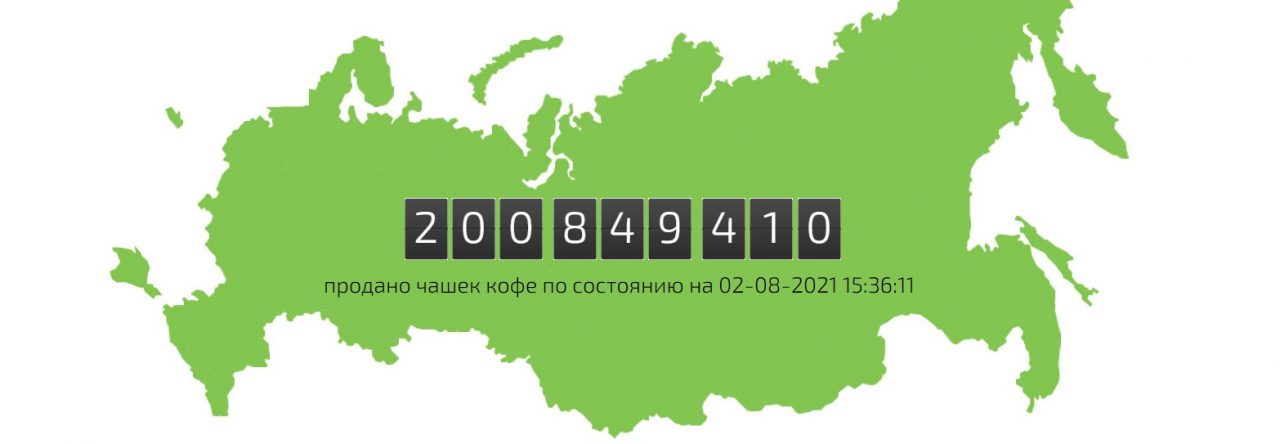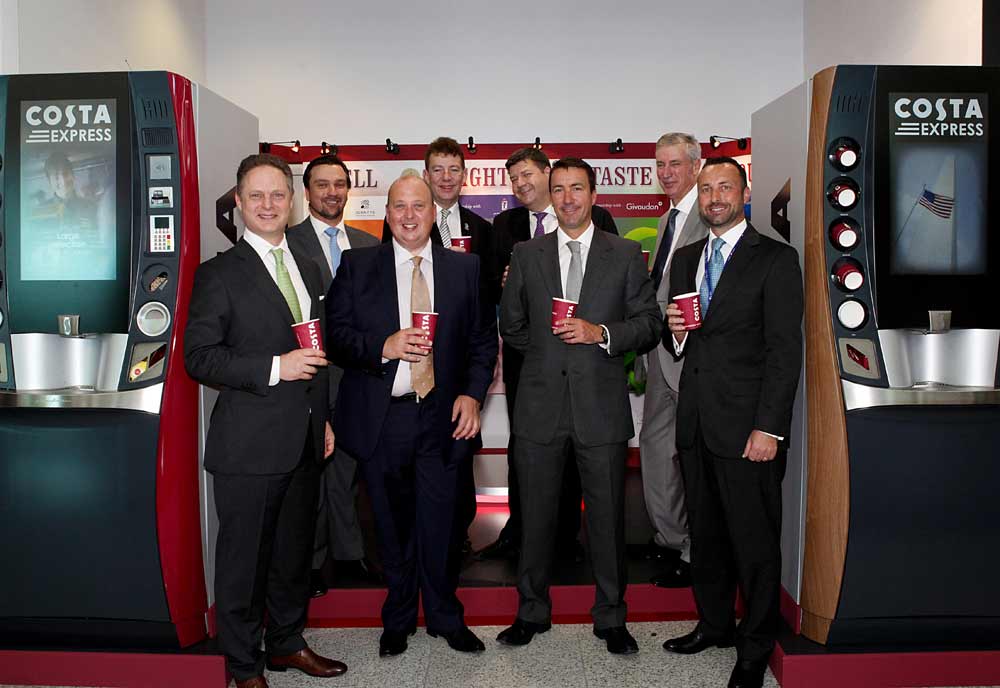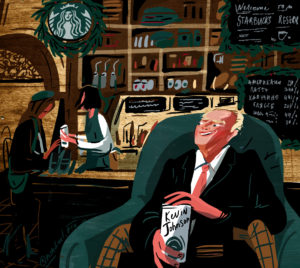In 2011, Costa Coffee, the second largest chain of coffee shops, decided to expand its portfolio and hit the vending area.
The movement in the new direction began with the acquisition of the Coffee Nation chain – thus Costa Express brand was born. Costa decided not to lose time and quickly started to transform the quality of vending coffee to new heights.
The main tool for the breakthrough was going to be a new approach to the implementation of the vending machine itself to make it an example of all that people usually invest in the concept of “innovation”.
Brewing high-quality coffee “from-grain-to-the-cup” via the vending machine – it’s a constant challenge. At some stage it was even a challenge to the very common sense. Getting a consistently high level of quality in the long run was not allowed by the specific historical moment’s technology.
The “Marlow Project” team




